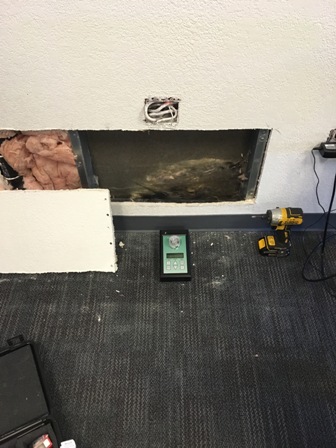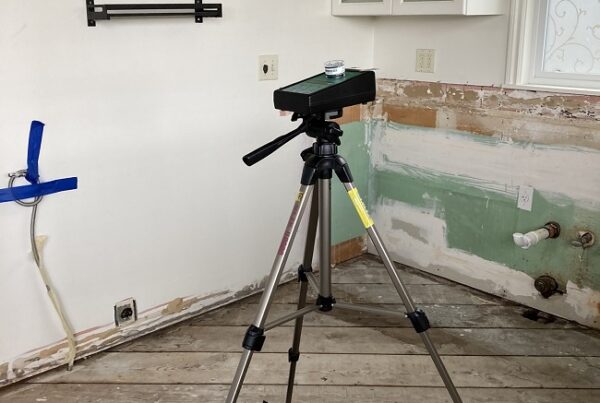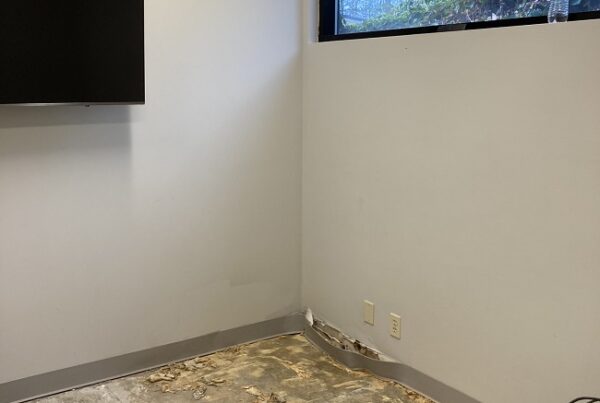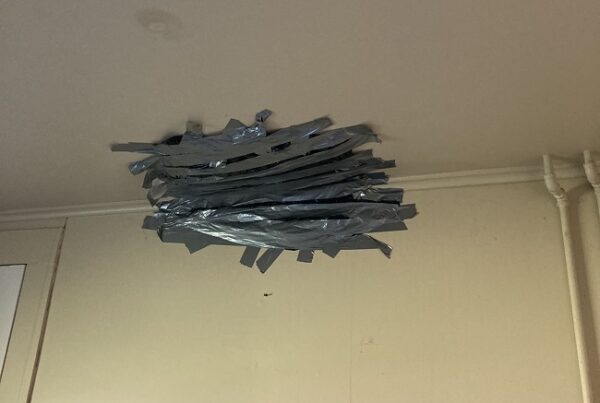
I often talk to people who report that since moving to their new residence, they’ve experienced many health symptoms like the tightness of the chest difficulty breathing, itchy and watery eyes, and headaches to name a few. These individuals also notice that the symptoms usually stop after 20 minutes or so outside of their home. These people often report a musty smell in some dwelling areas and suspect there is mold but can’t seem to find any visible signs. Curious, they conduct some internet research and discover that mold can be present inside their home without being visible and find that performing a test for mold in the air would be an appropriate action to determine the presence of mold. They subsequently look for ways on how to test for mold in the air.
In this article, I will explain the different ways you can test for mold in the air, and I will also explain the difference between them so you can decide which option is best for you to choose from so can determine what kind of mold spores are present in your space.
What do you use to test for mold in the air?
One standard tool used to test for mold in the air is a Settle Plates, also known as a Petri Dish. You can buy a Petri Dish off the shelf. You can buy a kit from a mold testing lab nearby, a hardware store, or order online. Once you have the Petri Dish, you will initially want to use a marker to label the plate at the bottom, on the side of the dish that has the gelatin in it. Write a sample number, the sample location, then place the Petri dish in an area where you can collect a sample, open the lid, and let it sit for 60 minutes. You should perform this task in the event you are using multiple plates.
If the indoor environment has mold spores these spores will settle in the Petri Dish and grow. If you see mold in the plate, you have the option of sending the dish back to a mold testing lad for analysis. After 60 minutes place the lid over the container, put the plate in a ziploc bag, and label it with the time and date.
Drawbacks of using a Petri Dish to test for mold in the air
One of the drawbacks of using a Settling Plate to test for mold in the air is that airborne mold is a natural part of the environment and can usually be found anywhere around us, including our home. The dish has no expiration date for the agar used in the Petri Dish and may have been sitting on the shelf for an unknown amount of time. There is also no airflow measurement, an essential issue because industry guidelines report airborne mold samples as colonies forming in units per cubic meters of air. Measuring the level of mold by air volume is impossible without controlled airflow with a mechanical pump. Settle Plates focus only on growing viable mold, but non-viable mold can also affect your health. Certain types of mold spores have different weight density and airflow characteristics. They will not likely settle at the same rate, as other mold spores may settle in the dish more quickly during a specified period, and water damage indicators in mold spore may not appear using this methodology.
If you are shipping the Petri Dish to a mold testing lab, specific problems can occur during shipping. Improper handling, variations in extreme temperature, humidity, and shipping lag time can contribute to false positives and false negatives. Perhaps the main drawback of this method is the lack of an inspection by a qualified professional air quality specialist who can perform an inspection to ascertain the situation and provide a holistic view of the problem and a full report with a recommendation. He will also be able to interpret the results.
What is the best way to test for mold in the air?
The most reliable option to test for mold in the air is by using a mechanical pump with a cassette as a mold trap. A mechanical pump allows you to adjust the airflow which lets you capture all colonies of airborne mold spores, and it is also a quicker method, taking up to 10 minutes per sample.
Who should test for mold in the air?
An industrial hygienist or air quality specialist will typically use a mechanical pump and have all the equipment necessary to perform the work. The specialist will perform an inspection, collect the mold air sample, conduct an examination, ascertain the possible source of the problem, discover new ones in the process and submit the mold air samples to the mold testing lab for analysis. He will also be able to provide professional advice on the matter.
The EPA states: “Sampling for mold should be conducted by professional who have specific experience in designing mold-sampling protocols, sampling methods, and interpreting results”. EPA’s brief guide to mold, moisture, and your home.
If you have any additional questions or want to test for mold in the air at your residence or office, please don’t hesitate to contact 5 Microns Inc. Our experienced air quality specialist will be happy to assist you.



